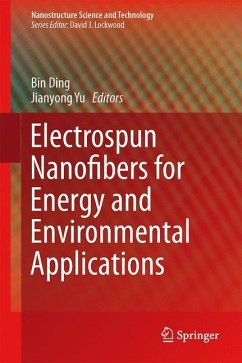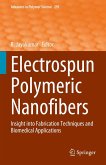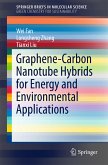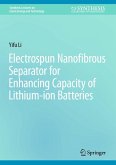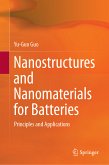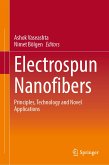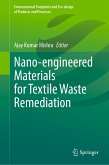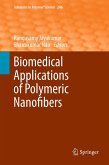This book is aimed at both newcomers and experienced researchers in the field of nanomaterials, especially those who are interested in addressing energy-related and environmental problems with the help of electrospun nanofibers.
Bin Ding, PhD, and Jianyong Yu, PhD, are both Professors at the College of Materials Science and Engineering, Donghua University, China.
Dieser Download kann aus rechtlichen Gründen nur mit Rechnungsadresse in A, B, BG, CY, CZ, D, DK, EW, E, FIN, F, GR, HR, H, IRL, I, LT, L, LR, M, NL, PL, P, R, S, SLO, SK ausgeliefert werden.

